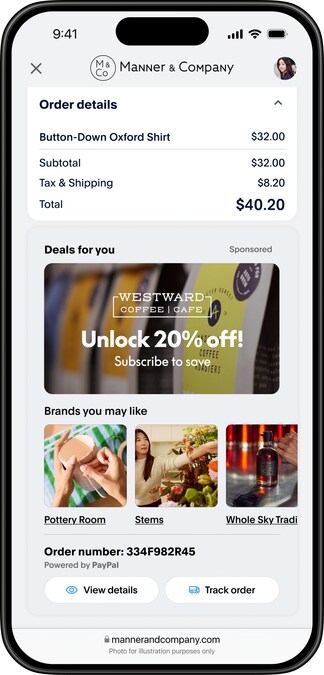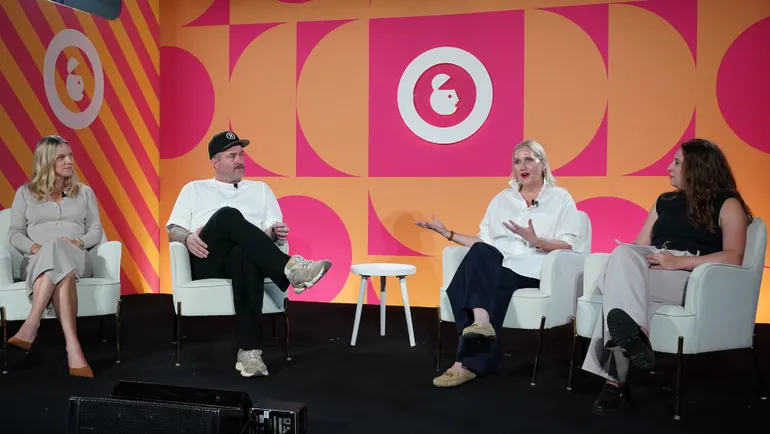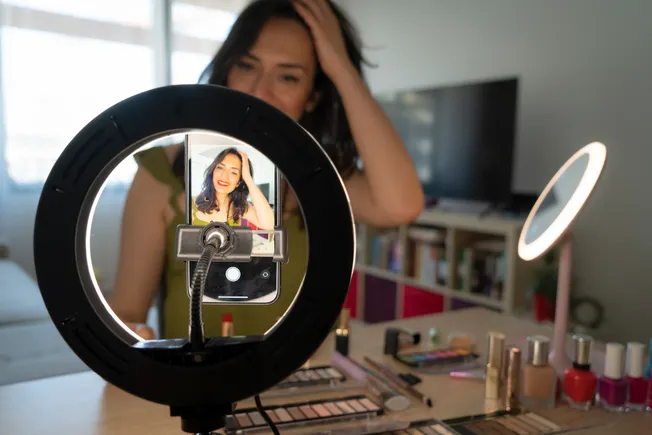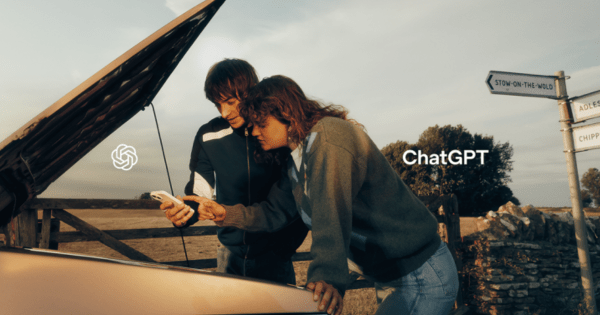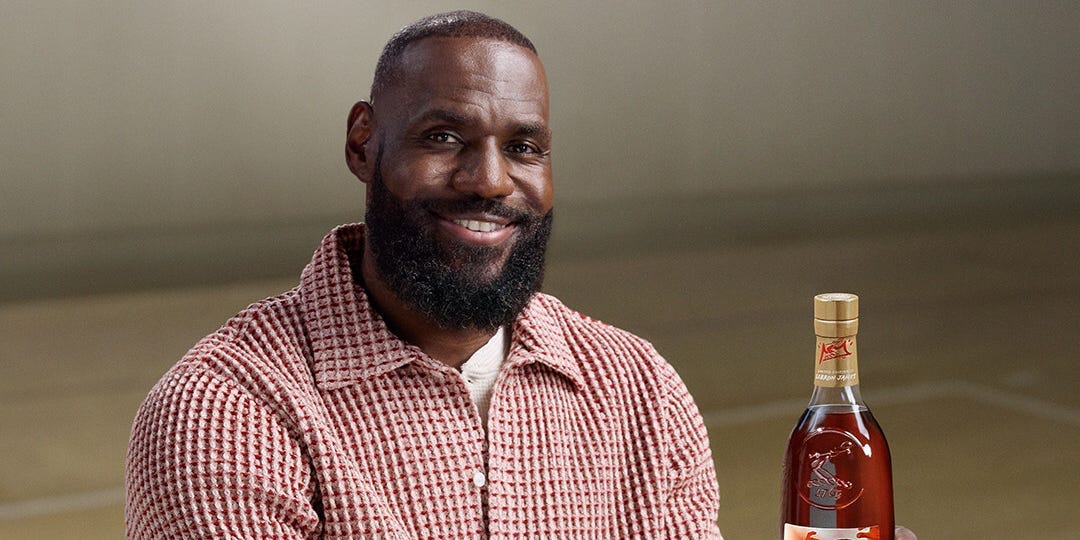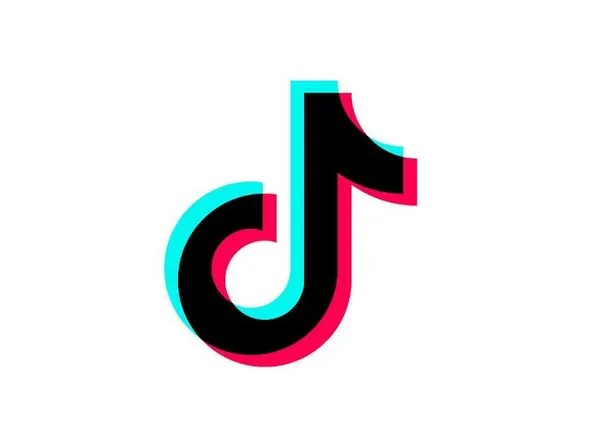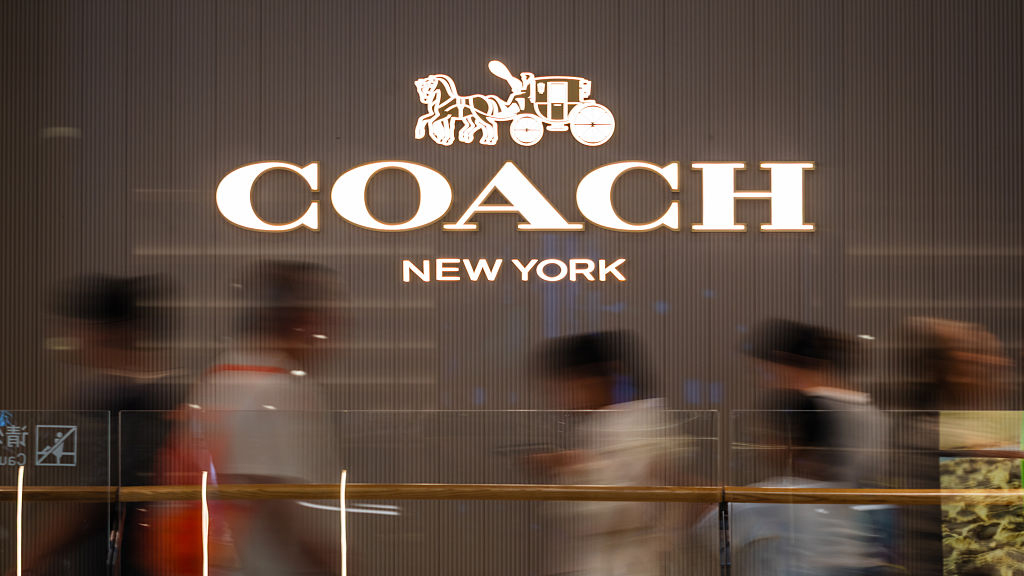The Evolution of Creator Agency Partnerships
At Advertising Week New York, top marketing executives from brands like Unilever, Gap, and Marriott convened to discuss the growing importance of creator agencies of record (AORs) in the influencer marketing landscape. As brands ramp up investments in creator-driven strategies, their expectations from agency partners are becoming more demanding, with a focus on strategic insights, performance metrics, and operational excellence.
Influencer marketing is no longer a trend—it’s a core strategy. With spending expected to reach $13.7 billion by 2027, according to eMarketer, brands are moving beyond experimental campaigns to long-term partnerships with specialized agencies. This evolution is driving consolidation in the space, as major ad networks acquire creator agencies to strengthen their capabilities.
Shifting Expectations from Brands
Casey DePalma McCartney, Chief Brand Communications Officer at Unilever U.S., emphasized the need for creator AORs to deliver more than just content. “Our creator agencies need to be highly strategic, super insights driven — they also need to have account excellence in a way that they didn’t have before,” she said during the panel titled “More than a Trend: The Rise of the Creator AOR.”
Unilever, which recently announced plans to allocate half of its ad spend to social media, has also committed to increasing its influencer collaborations twentyfold. The company boosted its marketing investments by $1 billion in 2024, marking its highest spend in over a decade and signaling a serious commitment to the creator economy.
“Even five years ago, our work in the creator space was more tactical than strategic,” McCartney added. “Today, we expect the same caliber of work from our creator agencies as we do from legacy partners like Ogilvy.”
What Makes a Successful Creator AOR?
For brands like Gap, selecting the right agency partner means identifying those that can scale and add value beyond internal capabilities. Damon Berger, Head of Consumer Digital Engagement at Gap, pointed out that while internal teams are essential, external agencies help reach broader audiences with greater efficiency.
Gap collaborates with CreatorIQ and agencies like Buttermilk to manage campaigns at scale. Berger stressed the importance of tailoring strategies to different types of influencers. “Affiliates, micro influencers, mid-tier, and macro creators each require their own approach,” he explained. “Each one of those levels can have its own strategy and its own AOR around it.”
This nuanced approach is vital in today’s fragmented influencer landscape, where a one-size-fits-all strategy no longer suffices. Brands need agencies that understand these layers and can build specific strategies for each influencer tier.
Collaboration and Accountability
George Hammer, Global Head of Luxury Marketing at Marriott International, discussed the importance of agencies becoming true collaborators. “In a world where companies are striving for efficiency and hiring is limited, agencies need to become indispensable partners,” he said. “They should be embedded in the brand’s workflow, acting almost as internal team members.”
Berger echoed this sentiment, emphasizing that brands also bear responsibility in these partnerships. “Marketers must own the measurement and come prepared with a strategic framework. That’s what enables a more empowered and focused relationship,” he said. Without clear objectives and metrics, creator AORs risk operating without direction.
Addressing Industry Challenges
Despite the industry’s progress, challenges remain. Many creator agencies still need to coordinate with talent management firms and other intermediaries, adding friction to the process. However, new tools from platforms like YouTube and Meta are beginning to streamline these relationships.
YouTube recently introduced an “open call” feature to help brands connect with creators more easily. Meta is also rolling out AI-driven tools for creator discovery. As platforms take a more active role in managing creator relationships, brands may find it easier to build and execute cohesive campaigns.
“We’re starting to see the platforms reclaim some of those relationships,” said Berger. “That shift could significantly reduce the friction that currently exists in the space.”
The Future of Creator Marketing
With investments rising and platforms innovating, creator marketing is becoming indispensable. “For companies still treating creator marketing as a nice-to-have, you’re already behind,” Berger warned. “It’s a key part of building relevance and deeper customer relationships in today’s market.”
As more brands recognize the value of creator partnerships, the standards for AORs will continue to rise. Strategic alignment, measurable outcomes, and seamless integration into brand teams will define the next era of influencer marketing.
This article is inspired by content from Original Source. It has been rephrased for originality. Images are credited to the original source.

